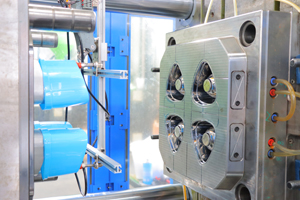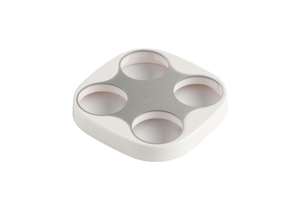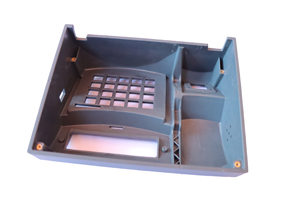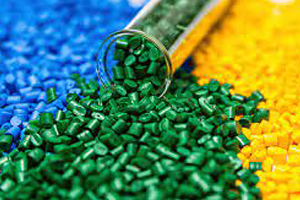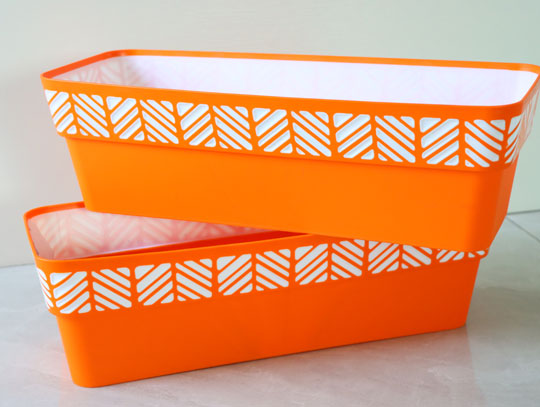3D printing technology originated in the late 1980s and has been cited by scientists worldwide, officially entering people's lives. Injection molding is a commonly used processing technology in traditional industries. From the principles, processing quality, cost, production mode, and application areas, we will explain the differences between 3D printing and injection molding.
Principle
3D printing technology is a technology of the 20th century and a market of this century. It is a rapid prototyping technology based on digital model files, which uses powder metal, plastic, and other bindable materials to construct objects layer by layer. Injection molding technology is a method of obtaining molded products by fully melting plastic materials through screw stirring at a certain temperature, injecting them into the mold cavity under high pressure, and then cooling and solidifying.
Production Mode
Injection molding technology requires the selection of injection molds, which can produce standardized injection molding mould at low cost and large scale. Therefore, injection molding technology is better for traditional mass production and large-scale manufacturing. 3D printing technology does not require traditional tools, fixtures, and machine tools, but relies on computer digital technology to create physical models directly from three-dimensional models quickly. Therefore, 3D printing technology is more suitable for personalized and diversified product manufacturing.
Production Cost
We all know that it is relatively easy to obtain the raw materials used in injection molding technology, and large-scale standardized production can reduce the cost per piece. The 3D printing materials demanded by 3D printing technology are relatively rare and expensive. However, there is still great potential for 3D printing technology to save costs in the prototype modification stage, where only CAD models are required, and no extra costs will be incurred.
Production Quality
If you use a high-quality 3D printer, you will know that the printed parts do not have the same physical properties. In contrast, injection molding technology not only produces parts with better physical properties than 3D printing technology but also produces parts with better surface smoothness and product durability, which 3D printing technology does not have.
Application Areas
Currently, the injection moulding process in the market can produce one product in large quantities, which is more suitable for mass processing of a single component and standardized production, such as the production of toys, aerospace, electronics, machinery, and other fields. 3D printing, as a rising new technology, can use digital computer technology to make models quickly and efficiently produce the required models from 3D printing materials, which can effectively shorten processing time and are widely used in children's education and creativity, architectural design, and even the medical industry, and it can be used to benefit humanity.
The above five points are the comparison of 3D printing technology and injection molding technology. 3D printing technology, as an emerging technology, has great development prospects and a wide range of applications in the future, but it also faces significant challenges. It needs continuous improvement to bring greater benefits to the people.

